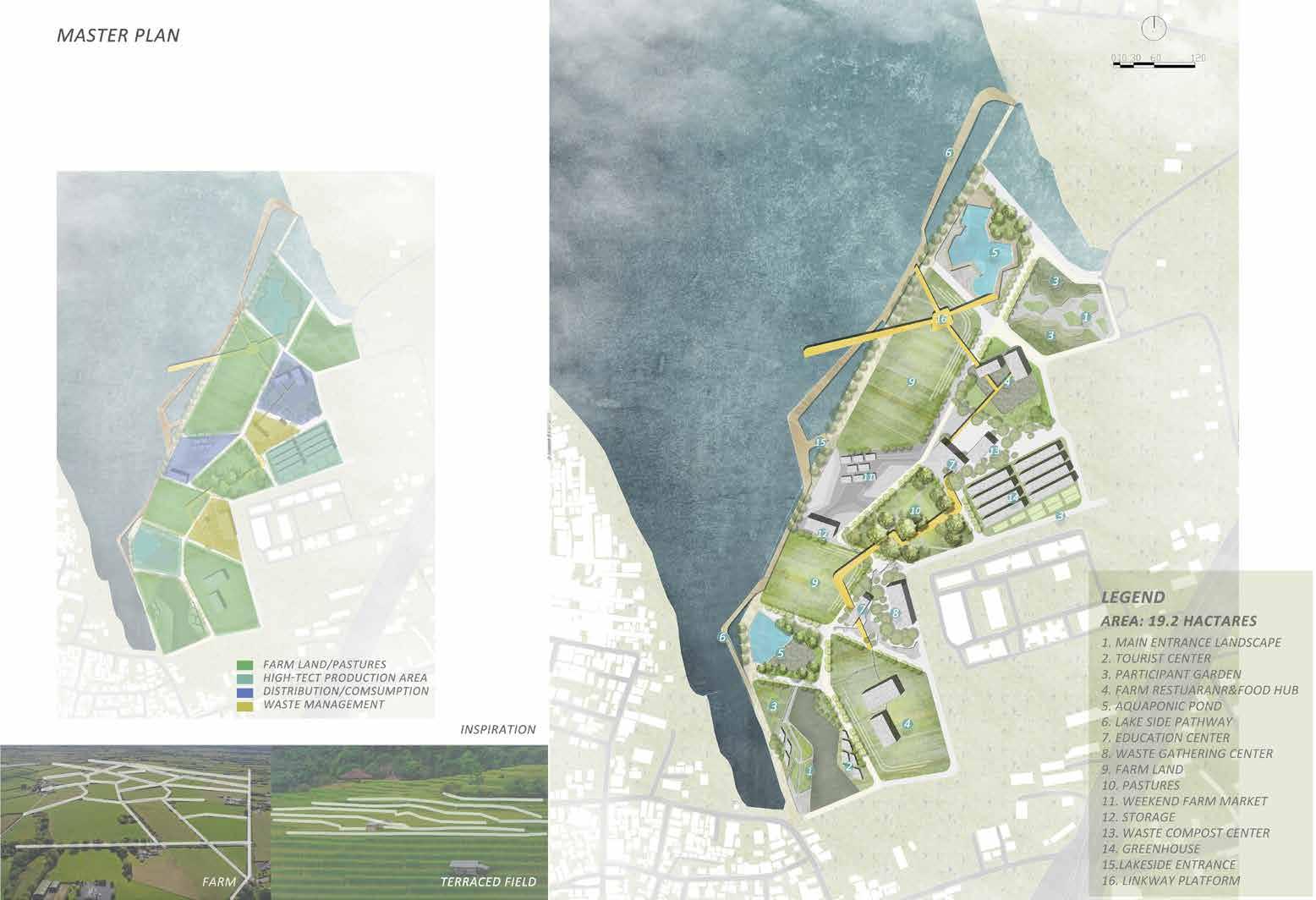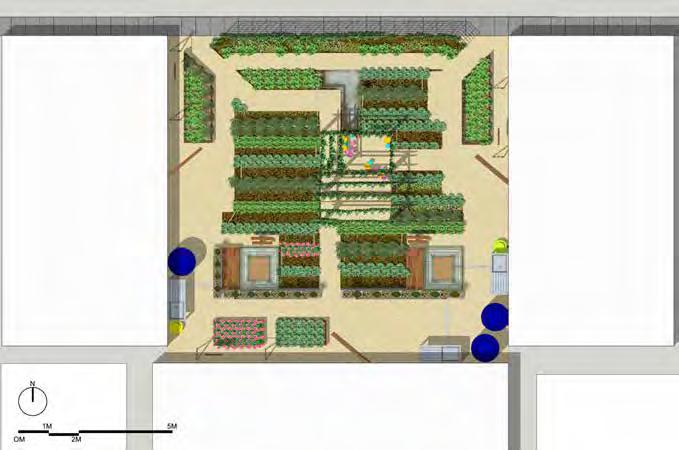
3 minute read
Bao Lixia
Master Plan of Productive Pocket Garden
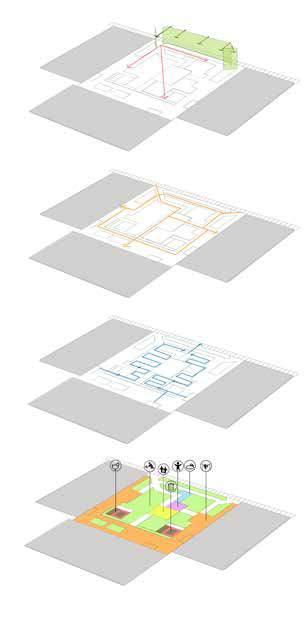
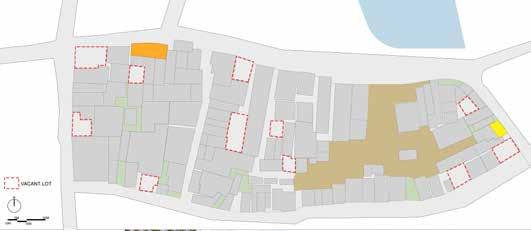
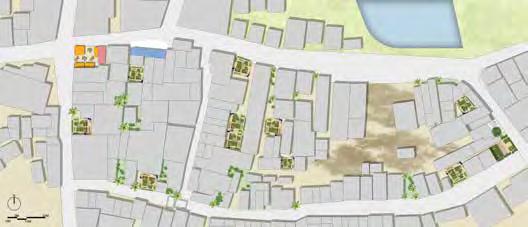
Chicken
Foot
Drip
Women-dominant market
Greywater Reuse

Average grey water per household:1635L*94%*4=6148L/month
Average grey water per household after purification:6148L*60%=3689L/month household grey water can support agriculture area:23m2
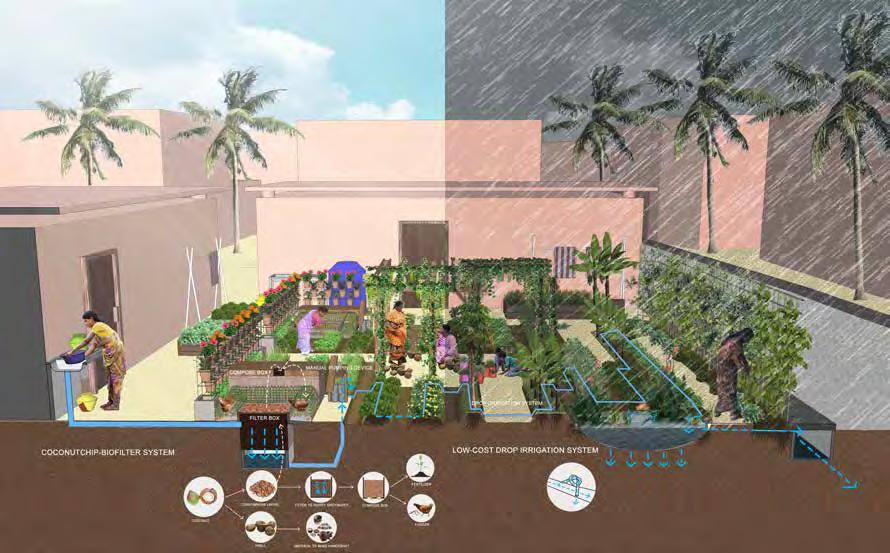
Growing fruits brings income/save expenses up to R$450/m2/Year
Growing vegetable brings income/saves expenses up to R$370/m2/Year
Growing flower brings income R$520/m2/Year
A coconutchip biofilter can help purify greywater. Kitchen sink water flows through the system, leaving food and grease behind. Chickens eat food particles in the upper coconutchip layers. When the drainage slows, the top layer of woodchips are replaced, old chips go in a compost bin where worms, centipedes, ants, bacteria, and other soil critters decompose food particles further. Bugs reproduce in the drum, provideing high-protein food for the chickens, and, after the woodchips decompose, provide fertilizer for plants.
Other Considerations:
Discrimination against women in Indian society is a process rooted in Indian religious culture, which has been continuously extended and strengthened in the long history. It is a severe and complex social problem. My approach is a political approach to planning and design. My project cannot realize women to be as free as men in the community, but it can bring women into spaces where they didn't exist before or felt they had no right to exist. In order to achieve the maximum benefits of the project, there are several additional recommendations in the design and implementation process:
1. Women participate in the whole process of project design, decision-making, construction and maintenance;
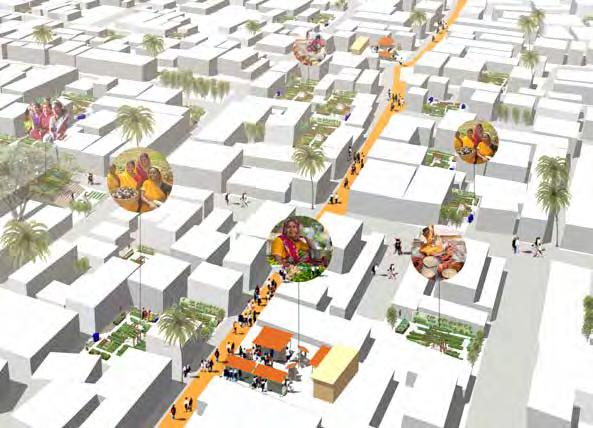
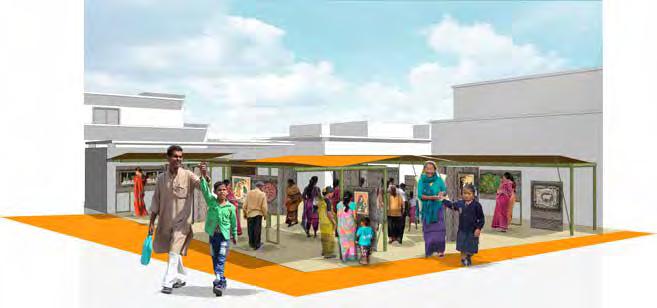
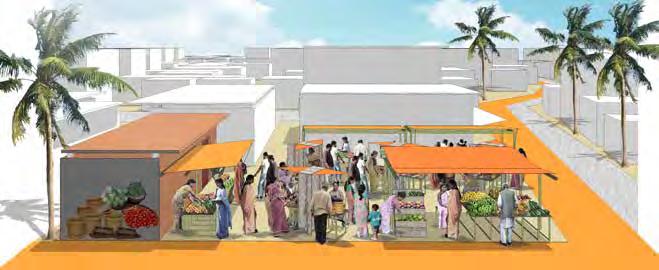
2. Family-based mobilization activities within the community to ensure the broad participation of women;
3. Active participation of local women's rights organizations;
4. Government policies and laws safeguarding women's rights should be constantly improved.
This is an adaptation of an ancient method of irrigation. It uses the porous nature of clay pots to allow osmotic pressure to suck the water into the soil where it is needed. People use beautiful
Chen Beifei
Revive regional vitality by merging different functional blocks and establishing an energy recycling system
Issues
1. In Bangalore, the construction of the city separates human activities from the natural environment.
2. Human resources move to the city center, and cities replace natural resources.
3. All the energy-flows in the existing site are one-way directional and isolated, and the energy has been lost throughout the process.
Based on the above analysis of the problem and related to the topic of urban agriculture, I believe that it is necessary to establish a demonstration area with good energy flow and practical benefits. Productive landscapes are based on a mix of uses that support each other to create a harmonious space. I want to get rid of the separation of the landscape and imagine a combination of all methods, in the city, where the current partition is very much present. This change will reduce the distance for the cycle to be completed and make the space more powerful. The reduction in transportation costs between research, production, processing, and retail will help to build a better local economy.
On the one hand, an energy recylcing system can improve the way of urban life, redefine the existing landscape and diversify it. On the other hand, the actual feeling brought by the well-circulated urban ecological environment can arouse people’s motivation to think and change. By creating a new, ever-changing landscape model, the landscape is productive and at the same time integrates people into the site.
The mixed-use of land and the change of land structure enable us to respond to future challenges by creating an elastic venue that will not be damaged by future changes. A productive place with dynamic characteristics is a flexible machine with strong resistance to change. In contrast, a single use, the passive landscape is resource consumption, but contemporary production landscapes can generate resources.
In the overall design, I include municipal ecological facilities such as green infrastructure, public green spaces, food processing, and distribution centers. It creates a closed loop that reconnects the energy, food, water, ecological and economic systems that were initially separated. In addition to planting strategies, recycling strategies include energy production and waste management. The energy flow is divided into four parts: manufacturing, transportation, consumption and recycling. They are arranged in the form of blocks, causing interactions to create a circular energy flow.

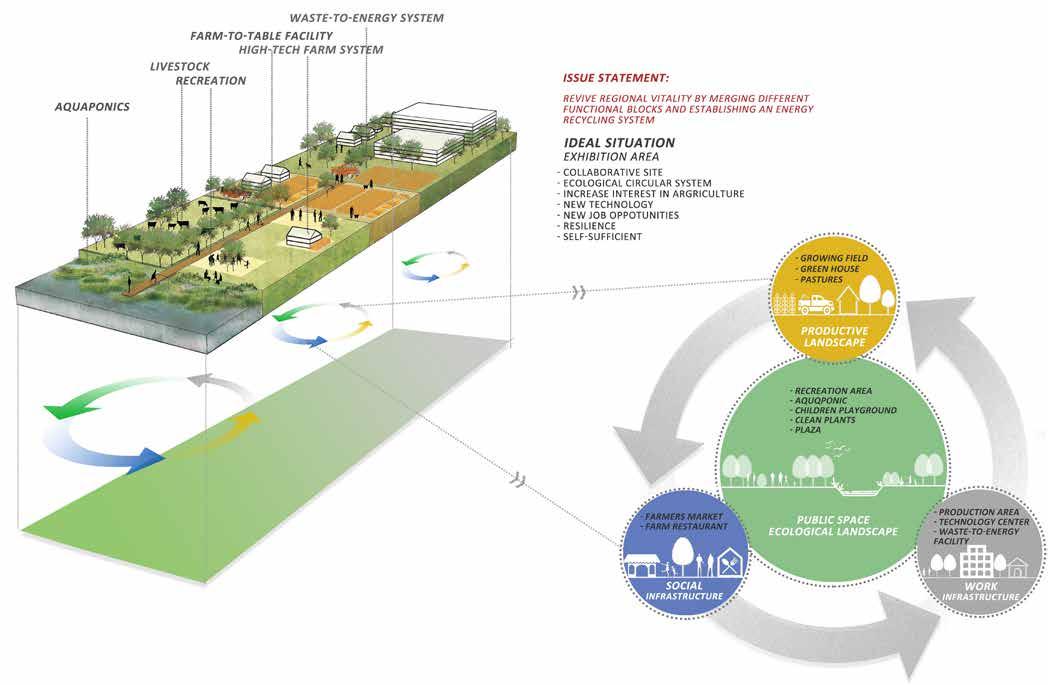
Ideal Situation
- collaborative site
- ecological circular system
- increase interest in argriculture
- new technology
- new job oppotunities
- resilience
- self-sufficient
At the same time, it gives meaning to the entertainment and education of the whole region. Through the introduction of high-tech agricultural science and technology, it stimulates people’s curiosity and exploration psychology. Through the establishment of community farms, farm restaurants, and agricultural products markets, it attracts the participation of ordinary families and infiltrates the ecological education into people’s In daily leisure activities.
